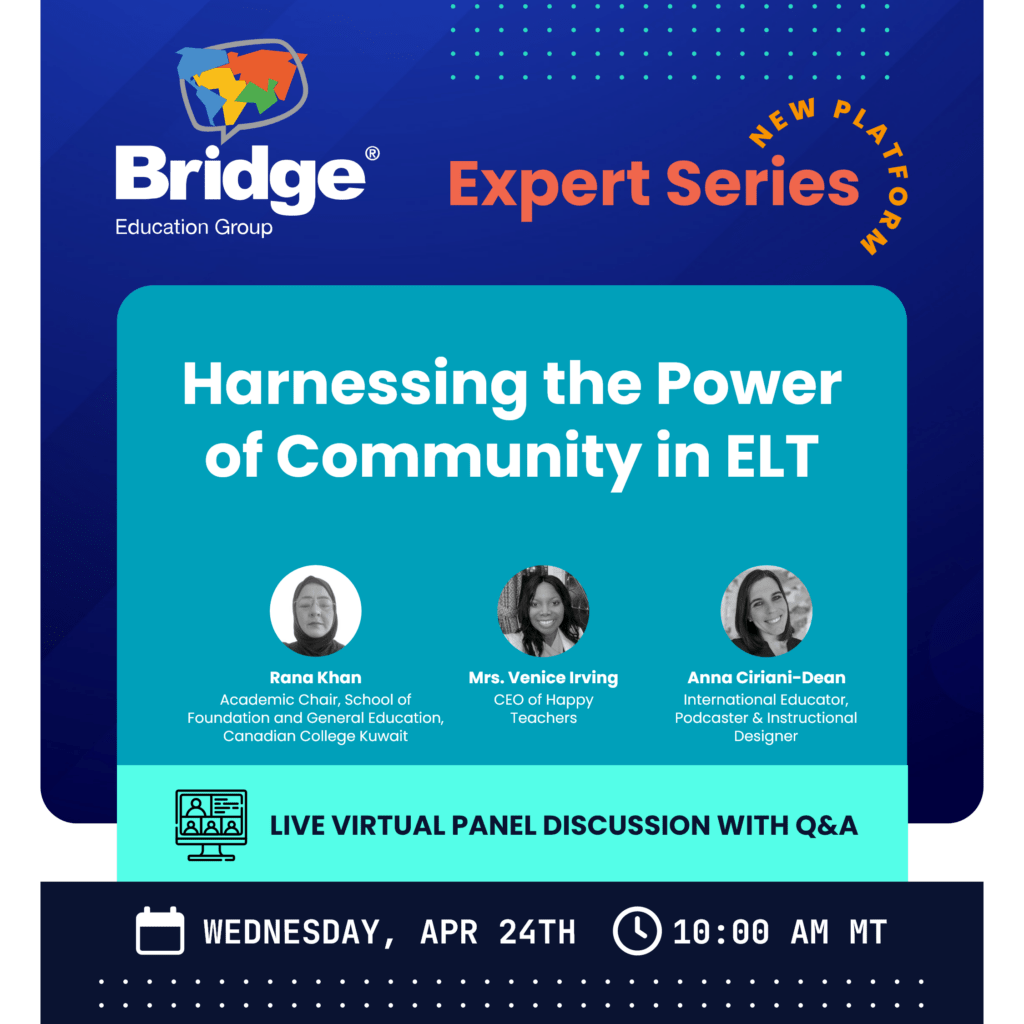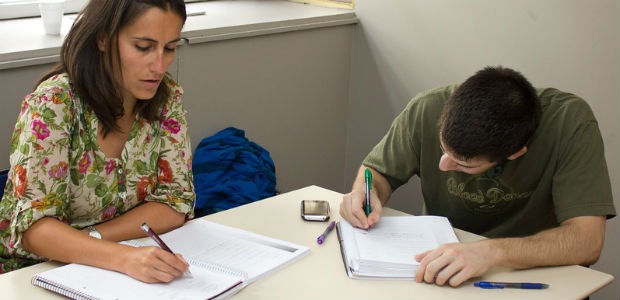This post was written by Laura Greenwood
According to language experts, there are five distinct stages a language learner progresses through. We looked at stage names, the general description of each stage, what teachers should focus on, and how long teachers can expect a language learner to stay at each stage. But our students want to know (almost immediately upon entering into a language learning program) how long will it really take. Our learners often have unrealistic expectations of themselves and language programs, and get frustrated when they feel they are not learning (i.e. speaking like a native speaker) fast enough. What can we tell them? What can we expect?There have been several studies over the years to try and answer this age-old question: How long does it REALLY take?For a review of the SLA stages as well tips for planning lessons, see the following article Language Acquisition: An Overview, Kristina Robertson and Karen Ford (2008)
So, just how long does it take for a language learner to go through these stages?
Although there is limited conclusive research on the length of time it takes adults to learn a language, it seems there are several factors that affect the rate of language learning. As English teachers, we can take the following points into consideration when answering this question for our learners as well as planning effective lessons:
- Since we can’t learn for our learners, learning depends on each individual student. All learners have unique educational experiences that affect their language learning process.
- Most English language learners (ELLs) have a goal of advanced fluency, including English for academic purposes and social contexts. Most experts agree that this process takes between five to seven years.
- Many researchers have concluded that first language and literacy skills directly affect second language learning. The stronger the first language skills, the faster the learning. It may take seven to ten years for an ELL who comes with weak first language and literacy skills.
- When comparing children and adult language learners, children often receive more hours of language instruction than adult learners. Adults may simply need more time and more intensive instruction to reach their goals.
- Adult learners may become fossilized or stuck in the learning process. This happens when language errors become a permanent feature. They may be unable to progress to the next stage and become content with their current level and use of English.
- When compared to learning a first language, second language learning is not a biologically-driven process. Learning a second language is not an essential aspect of a person’s general development (as in first language learning).
- Adult learners are often busy and can face interference when studying a second language. This can delay progress through each stage.
- One study showed that that an estimated 103 hours of study per person per year for 6 years would be necessary to progress from beginner to advanced fluency (McHugh, M., Gelatt, J., & Fix, M. (2007). Adult English language instruction in the United States: Determining need and investing wisely. Washington, DC: Migration Policy Institute.).
As English language teachers, we can begin to help our ELLs to understand the stages, goals, and content of language learning. Knowing who our learners are, where they come from (language and learning backgrounds), what their motivation is for learning English, and their language proficiency is crucial in helping them reach their goals. Along the way we may have to answer “how much longer till I get there?”! We can encourage them by setting short-term goals and looking at their progress. Help them to focus on their successes instead of their failures!
If you’re new to teaching, you’ll want to get initial training and qualification with a TEFL certificate. You can explore our online TEFL courses to get started!





